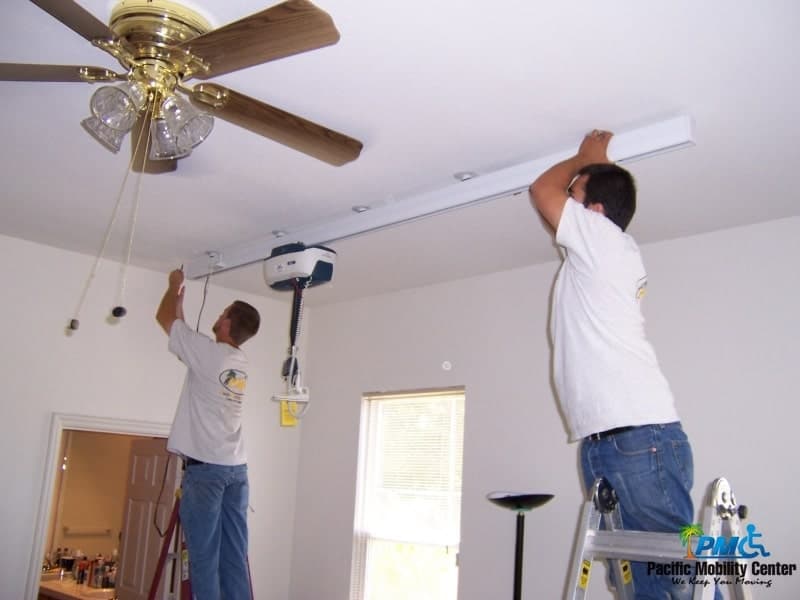Lifts and Hoists Training and Maintenance Matter… A Lot!
Hoists provide a means to transfer somebody who has limited mobility whilst not putting too much strain on either the carer, or the person being moved. This makes them a necessity in care homes where they are used to help people up if they’ve fallen, help them to stand, or help them to move.
As hoists are used to move people with limited mobility, it’s incredibly important that they’re operated safely and correctly. This article will inform you all about the proper usage and maintenance of hoists, so you can be sure you’re using them safely.
Using a hoist safely
There are a number of different types of hoist including ceiling track hoists, portable overhead hoists, and mobile hoists. Whilst all are fairly similar in terms of how they work, they each differ in terms of the job they’re designed to do.
There are a number of safety concerns when using a hoist, such as choosing the wrong sized sling, selecting the wrong type of hoist for the task, and failure of equipment due to poor maintenance. It’s also possible to have a mobile hoist overturn when it’s being manoeuvred over difficult terrain.
Bearing in mind these possible safety concerns, there are a few things you can do to you pre-empt and prevent potential issues before they occur.
Firstly, make sure the right sized sling is being used, and that it’s the right sling for the type of hoist you’re using. Secondly, it’s important to use the right type of hoist for the task. Using the wrong type of hoist can mean that the person isn’t supported properly, or that there’s a risk it might overturn. It’s a good idea before hoisting the person to assess the situation and think through the process of lifting the person before you actually carry out the task.
It’s also a good idea to ensure that you don’t leave people a vulnerable person unattended whilst they’re in the sling. This way, even if there is an issue, you’re on hand to rectify it as quick as possible.
Hoist maintenance
It’s also important to maintain the hoist equipment on a regular basis. For example, in the United Kingdom, the Lifting Operations and Lifting Equipment Regulations (LOLER) requires that lifting equipment be inspected thoroughly every 6 months. Doing this will minimise the risk of equipment failure.
Patient Comfort
Another important aspect of using a hoist safely is to ensure that the person is comfortable. This means staff should be trained to safely and carefully maneuver the patient into the sling following standard procedures. This will minimise the chances of injury and also make the whole process a lot less stressful for the person being transported. Make sure you use the right hoist for the job, size the length of the loops correctly to fit the person, and always have the right number of carers needed to operate the hoist.
Hopefully this information will help you when it comes to using a hoist safely to move someone. The main concern is to ensure that the person is comfortable, and that the process is carried out slowly and carefully. If you stick to this, you’re sure to move the person without any issues.
President, Husband, Father, Grandfather Graduate of UC Davis- Bio Sci Major- Go Aggies! Jeff has extensive experience in all of Pacific Mobility’s products and services, and specializes in accessibility products as well as stairlifts, ceiling lifts and custom wheel chairs. His hobbies include spending time with family, gardening, mountain biking, exercising and off road motorcycle riding.
24 years as Owner/President of Pacific Mobility Center – selling, installing, and servicing stairlifts, porch lifts, ceiling lifts, pool lifts, handicap ramping, specialty wheelchairs, scooters, power wheel chairs, and other power mobility devices
Certified Environmental Access Consultant since 2008
Licensed General Contractor since 1998
Certified Aging in Place Specialist since 2016
Board Member for Home Access Professionals
Member of Association of Members of the Accessibility Equipment Industry (AEMA)




